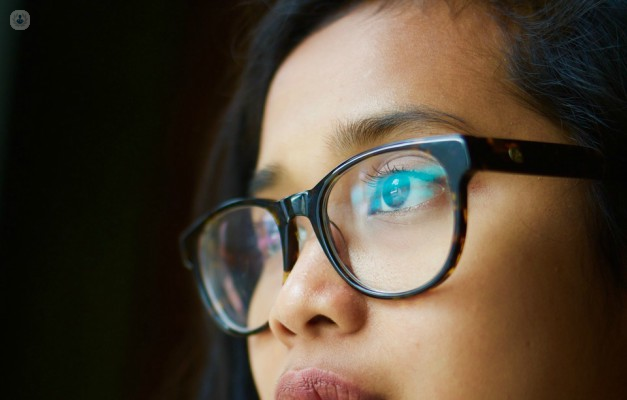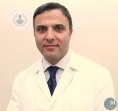Treating presbyopia
Written by:What is presbyopia and what effect does it have?
Presbyopia is the loss of ability to focus closely, that is, we begin to see objects that are 35 cm away from our eyes. It starts between 42 and 43 years old and little by little it progresses until around 60 years old and almost everyone starts to notice it after a certain age. We must bear in mind that when we talk about starting to have difficulty to see up close is with far correction, that is, if one does not wear glasses, without them begins to see badly up close and the one who wears glasses to see from afar already with those glasses can not focus as well as before.
What is the treatment by optical correction?
To correct eyestrain there are several optical ways to do it. We all know the glasses, either individual for fence, bifocal with focus for far and near or progressive with different focuses from far to near. Another option is the progressive contact lenses, which are like the common but with several foci to correct eyesight from a distance and close at a time.

How is the treatment by surgery?
The eye has a window through which the light that is called cornea enters and behind the cornea we find a lens that is called crystalline. The lens is responsible for focusing the light from far or near and it is this lens that is aging and losing its ability to focus from 42-43 years. As the problem lies in this lens the best solution and the most modern is to replace this lens with a new one. The new lens has a focus for far, so for far we will not need glasses, in the center it has some circles that get us other centers at intermediate and close distances, that's why it is called multifocal lens. This lens is new, it will not age and it will last a lifetime, we will not have cataracts nor will we have to replace it with another. It is a very modern technique, the surgery only lasts 4 or 5 minutes, the anesthesia is applied with drops, without punctures, it is not necessary to do any specific test and the intervention is done without stitches and the patient returns home with the eye uncovered. This is the most advanced technique that is used practically for all cases of tired eyesight, even so there are other techniques that are used less as combined vision or monovision that consists of leaving one eye for near vision and one for far but It will never be as perfect a solution as multifocal lenses.



